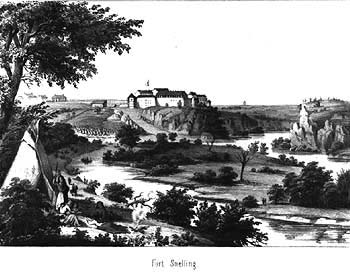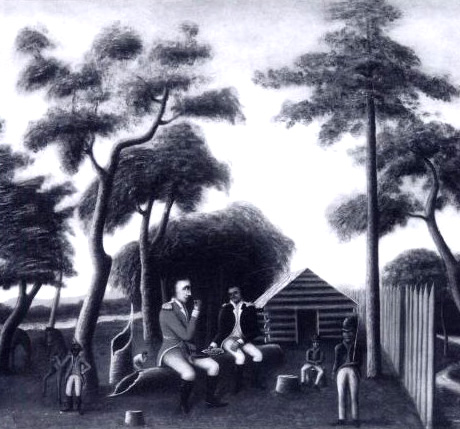JOHN JAMES AUDUBON: The legend and the real person
John James Audubon has left this nation a rich and strangely mixed legacy. His name has been a household word for generations. For Boy Scouts it evokes visions of the resourceful backwoodsman who roamed the wilderness with the freedom and cunning of the wild creatures he discovered there. For earnest nature lovers and all manner of environmentalists it has served as a rallying cry for their different causes. To professional ornithologists it recalls work in the field, which in its day had no precedent and which gave impetus to new and important developments in the study of natural history. And art lovers and collectors, many with apparently no other interest in birds, look for the magic name in galleries or at auction, and are often ready to...
Read
Full Story
AMERICAN PAINTERS IN THE 19thC
The best trained painters working in the United States after the War of 1812, Washington Allston, John Vanderlyn, and Samuel F. B. Morse, subscribed to a modification of neo-classical theory then not uncommon in Europe. The doctrine that, because of the superiority of Greek classic society, only the ancients had perfect bodies, had been broadened to postulate that among ordinary men only European peasants were worth painting, because, as Vanderlyn explained, their lack of "fashion and frivolity" gave them a closeness to nature, a universality not found elsewhere. Differing widely from the European norm, Americans were clearly the least universal of Western men....
Read
Full Story
THE LOVE STORY OF TWO EARLY 19thC AMERICAN MINIATURES
A lovely miniature is ever a choice treasure, and particularly so when from the hand of that great master, Edward Greene Malbone (1777-1807). The appearance of an unrecorded pair of Malbone miniatures is bound to create interest among admirers of his work.
Until early 20thC, the existence of the miniatures was known to only a few, but such outstanding examples of Malbone's artistry could not long remain obscure. They came to light in the world of art in 1933, when photographs were furnished to the late Ruel P. Tolman, then acting director of the National Gallery of Art, for reproduction in the work about Malbone upon which he was
....
Read
Full Story
EQUESTRIAN AND SPORTS PAINTING IN THE 19thC
I was once told by a picture dealer that he considered Stubbs, Marshall, I was once told by a picture dealer that he considered Stubbs, Marshall, and Ferneley the three best British sporting painters, and he placed them in that order. I do not suppose that many will find fault with this appreciation.
A good idea of the rise in monetary value of sporting pictures during the present century may be gained from the prices paid for the famous portrait by George Stubbs of that unbeatable race horse ‘Eclipse’. At the Elsenham
Hall sale in 1915 this painting realized 700 guineas; it was resold in 1929
for ten times that sum, and finally found a....
Read
Full Story
MARITIME PAINTINGS OF THE 19thC
Like the English and Dutch, nineteenth-century Americans were deeply
concerned with the sea. It was a source of food, a broad highway for
transportation of goods, and a means of access to the world outside. The art
of ship painting, therefore, was a logical development of the time, and it
met the needs of a people whose livelihood came from ships and salt water.
After the turn of the century, the amount and variety of traffic at sea
produced several regional styles of marine painting that reached high-water
mark with the mid-century and the
....
Read
Full Story
MARK CATESBY: Another Audubon?
A full century before John James Audubon published his ‘Birds of America’, an Englishman, Mark Catesby, brought out two folio volumes of what he grandly named ‘Natural History of Carolina, Florida and the Bahama
Islands’. This is probably the first history of any importance ever done of
American flora and fauna; certainly it is the foremost on American birds,
which comprise a great part of the work. Catesby came to Virginia in 1712 to
collect plants. In 1722 he returned with the intention of compiling this
major work on our natural history. When he took his material back to England
in 1726, however, he was so appalled....
Read
Full Story
|
|
|
|



